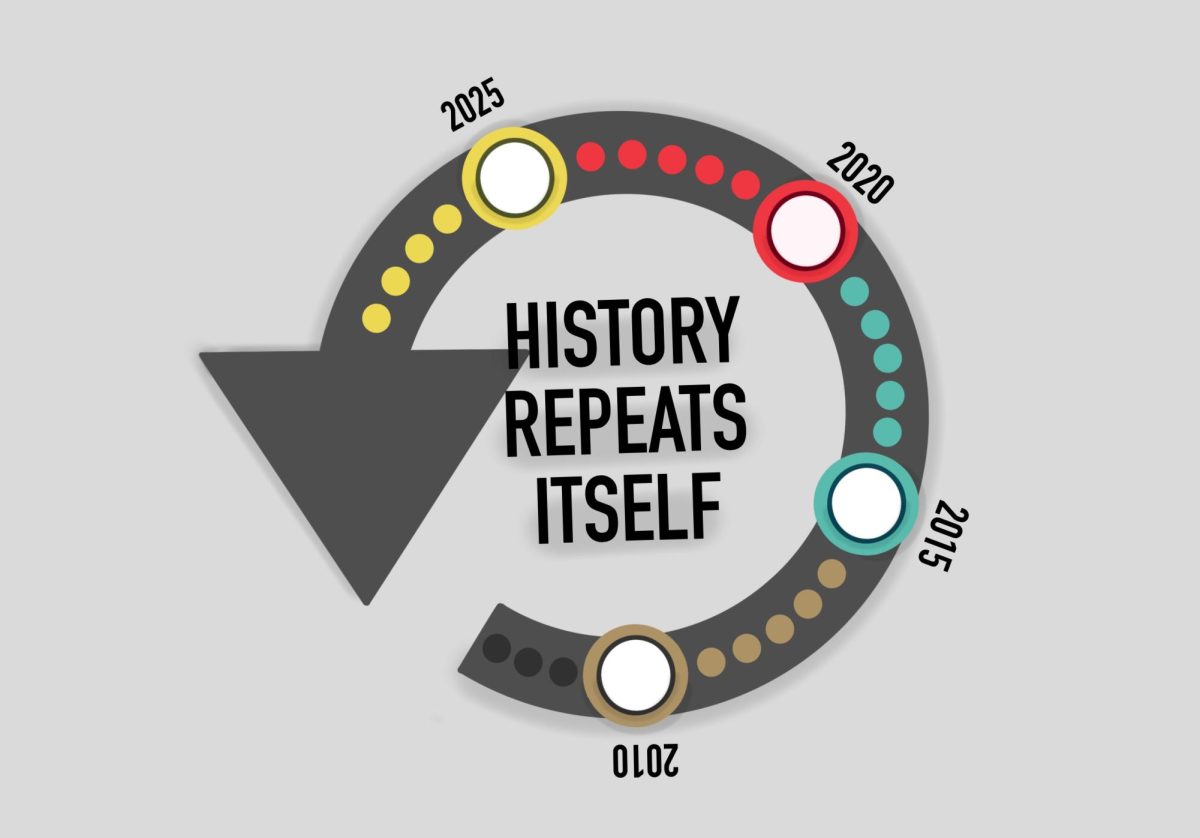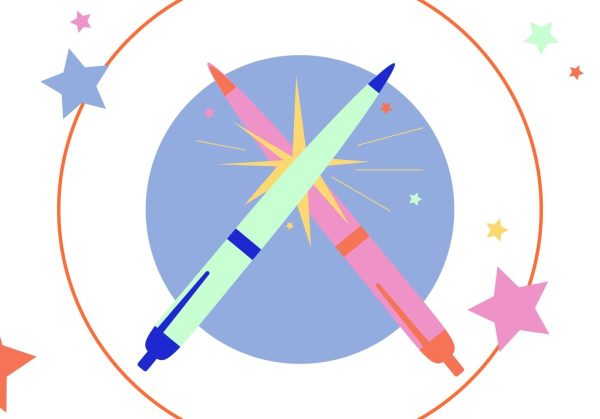If you take the time to visit the Unicorn Riot website, you’ll quickly be greeted by the following mission statement: “Our work is dedicated to exposing root causes of dynamic social and environmental issues through amplifying stories and exploring sustainable alternatives in today’s globalized world.” At first glance, this may not seem too overwhelming or different from today’s established media outlets such as the New York Times, Politico or even Fox News. I mean, every news organization works to expose the truth (or at least that’s what they believe they are doing). Yet, since 2015, Unicorn Riot has been — in my eyes — Minnesota’s premier alternative media source.
Because it is an alternative and nonprofit independent media source, it won’t necessarily be as far-reaching as news sources like KARE 11 or WCCO. You won’t find Unicorn Riot reporting on the stock market or the increase in carjackings in St. Paul. Instead, it reports on topics like the prison system and labor rights. I believe it serves a much more practical purpose as a media source: Unicorn Riot works to directly cover events that affect everyday people and communities. Sure, established news sources will tell you what’s happening in Washington D.C., but changes in your city that can affect you immediately? That’s the kind of news people should be watching, in my opinion. Politics are local!
And that’s why Unicorn Riot is so fantastic: The journalists choose topics and events to report on that they know will affect the Twin Cities’ (and other cities’) communities, especially communities of color or communities that are often overlooked or misrepresented. For example, they’ve dedicated the last few weeks to reporting on the construction of the Line 3 pipeline and the resistance effort trying to stop it from being built. It really is the people’s media. And here’s the thing: I really don’t think people understand just how challenging and difficult many aspects of independent media production are. I really think their work is top-notch and deserves all the praise in the world.
First, let’s talk about the media market, specifically in regards to saturation and misrepresentation. The news cycle never sleeps; we are constantly surrounded by breaking news and events. Therefore, our TVs and smart devices are saturated with dozens of news outlet choices. According to Statista, as of 2017 there are at least 1,761 commercial television stations on the air. Now obviously, not all of these are news media sources, but you can still consume information — or distract yourself from the news — with hundreds of different channels. However, this can lead to some more problems, such as bias and misinformation. For example, every news outlet creates its own spin on a story, covering it its way. When this happens, we can see one headline from Fox News talking about the same event that NPR is covering, but the exact wording can greatly affect our perception of that story, leading to possible misinformation or bias.
That’s why alternative news outlets like Unicorn Riot are so essential to have as part of our media landscape. They are not bogged down with this unnecessary demand to cover “big stories or headlines.” They can turn their attention to stories that are being missed but can still have a significant impact on the world, such as the creation of environmentally damning pipelines or local protests.
Case in point, Unicorn Riot has extensive footage and documentation of George Floyd Square and the activists who keep it safe along with stories focusing on immigration protests outside of a U.S. Immigration and Customs Enforcement detention center. Local news organizations do similar work, but what’s even cooler is that Unicorn Riot specifically will interview and livestream protests and rallies directly. There is no dilution from a reporter’s opinion or interruptions from commercials. It’s a raw, incredible way to receive news so personally and genuinely.
Now, making genuine and unfiltered news is not that easy. Yes, you can always livestream and film on your smart device, but where’s the quality in that? Well, Unicorn Riot understands this and uses some really strong DSLR cameras and handheld mics to boost its productions’ overall quality. However, for those who don’t have a media production background like me, you may not know this … but video production equipment is incredibly expensive. Considering Unicorn Riot is not an established organization that can make money through broadcast ads, it’s pretty remarkable it can continue doing its work without sacrificing quality just because it doesn’t have a budget (it is funded only by generous public donations and grants). It is no minor feat to start collecting video gear and have to build your way up, especially when you film livestreams that last several hours. For example, following George Floyd’s killing, Unicorn Riot filmed the protests and unrest in the city for several hours straight.
Finally, the last point I’d like to make is the fact that everything the organization does is for us, the people. Unicorn Riot listens to us, following our passions and missions. And, as I said earlier, our news cycle is never-ending. Because of this, the news continues to grow as a more collaborative and interactive media landscape. I don’t think any organization nails down the practice of collaborating with audiences and communities better than Unicorn Riot does.
Unicorn Riot journalists are actively listening to us because they are heavily invested in the cities in which they report. They will interview people other news outlets overlook. They will listen to them and actively try to learn. It’s that care and passion that really sets them apart and nails home what I’ve been trying to say this whole time: Unicorn Riot is unique and important and should be celebrated.















A Gopher
Apr 3, 2021 at 6:20 pm
Go ahead and riot again, you’ll end up brown bread you woke joke!
Tom
Apr 1, 2021 at 10:06 pm
Dumb